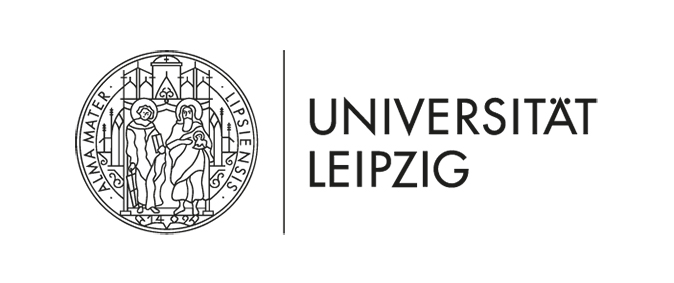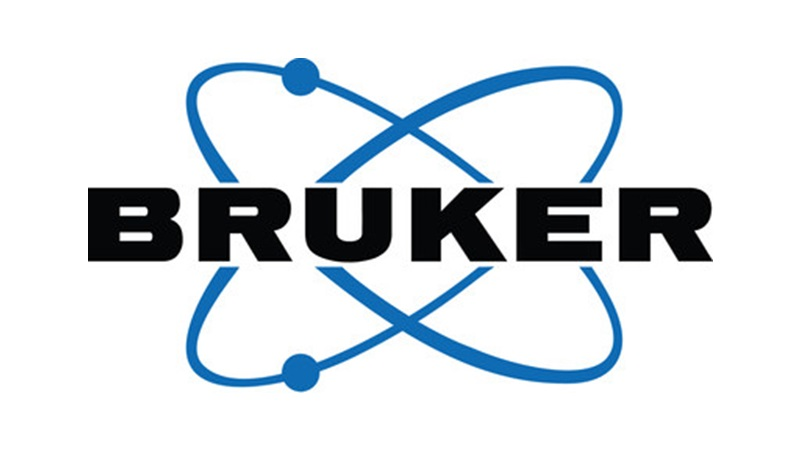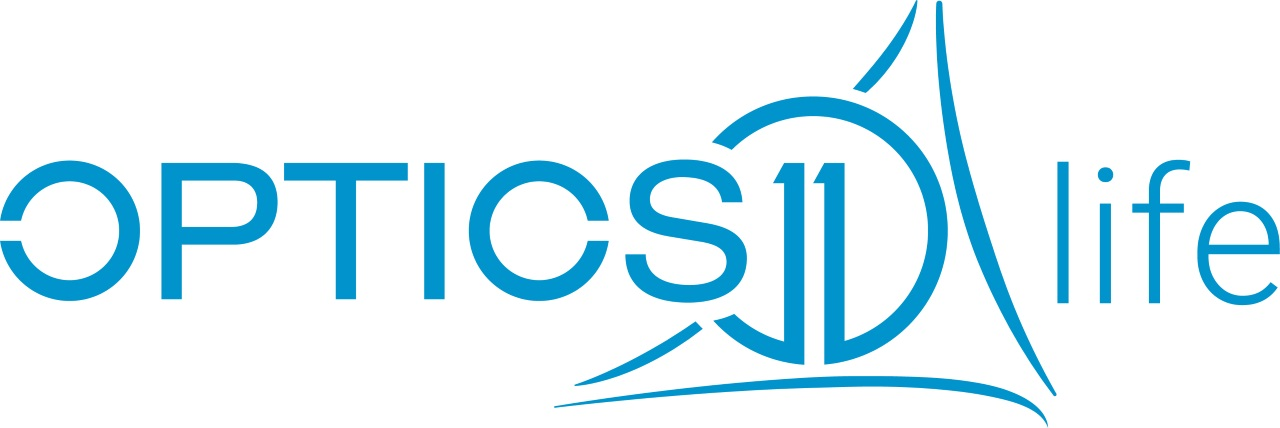|
14th Annual Symposium Physics of Cancer Leipzig, Germany Oct. 4 - 6, 2023 |
PoC - Physics of Cancer - Annual Symposium | |||||||||||||||||||||||||||
|
|
Contributed Talk
Identification of GB3 as a novel target for the alternative vasculature in neuroblastoma using a stiffness-based model
Contact:
Neuroblastoma (NB) is an aggressive malignancy originating from neural crest cells of the sympathetic nervous system. Diagnosed predominantly within the first year of life, NB often arises in the adrenal medulla or other locations in the sympathetic nervous system. NB cells exhibit remarkable heterogeneity, categorized into three phenotypes in vitro: N-type (neuroblastic), S-type (substrate-adherent), and I-type (intermediate). N-type cells are highly malignant, forming colonies in soft agar and tumors in mice, while S-type cells are nonmalignant and adherent, and I-type cells demonstrate intermediate characteristics.
Vascularization is pivotal in NB progression, influencing growth, survival, and metastasis. Tumor vascularization mechanisms encompass angiogenesis, vasculogenesis, vessel co-option, vasculogenic mimicry, and endothelial transdifferentiation. Tumor-derived endothelial cells (TECs) arising from the latter mechanism are implicated in chemoresistance, yet current antiangiogenic therapies predominantly target classical angiogenesis, leading to clinical limitations. Here, we propose to recapitulate TECs in vitro using stiffness modulation. We hypothesized that NB cells, owing to their stemness, could transdifferentiate similarly to healthy endothelial progenitor cells on polydimethylsiloxane (PDMS) substrates. To fabricate a PDMS-based arterial-like platform, we assayed two different formulations of Sylgard 184 to obtain materials of Emod = 140.70 ± 5.24 kPa and Emod = 101.38 ± 6.22 kPa, and venous-like platforms with Sylgard 527 with Emod = 3.39 ± 0.81 kPa and Emod = 7.09 ± 1.16 kPa. N-type cells were cultured on these substrates, demonstrating viability until day 7. PECAM/CD31, an endothelial marker, was significantly upregulated in N-type cells on arterial-like PDMS substrates compared to plastic culture plates. Flow cytometry confirmed CD31+ subpopulations in 100 kPa and 140 kPa conditions, while immunofluorescence validated CD31 expression in cells cultured on arterial-like PDMS, confirming the presence of TECs. Interestingly, transdifferentiation occurred less effectively on venous-like substrates. We extended our investigation to I-type cells, finding that arterial-like stiffness (100 kPa) induced significant endothelial transdifferentiation, offering a promising avenue for also targeting this phenotype. S-type NB cell lines LA1-5s and SK-N-AS did not exhibit PECAM/CD31 expression, highlighting variations across phenotypes. Investigating A4GALT, involved in Gb3 synthesis, we found higher A4GALT expression in NB tumors with MYCN amplification compared to non-amplified cells. N-type cells on arterial-like stiffness (100 kPa) exhibited higher A4GALT levels, aligning with optimal transdifferentiation conditions. Immunofluorescence analysis confirmed co-expression of CD31 and Gb3 in TECs. To conclude, our study introduces an innovative in vitro platform for inducing TECs through stiffness modulation, offering potential advancements in targeted therapies. Of particular significance, Gb3 emerges as a promising therapeutic target for deeper investigation. |









